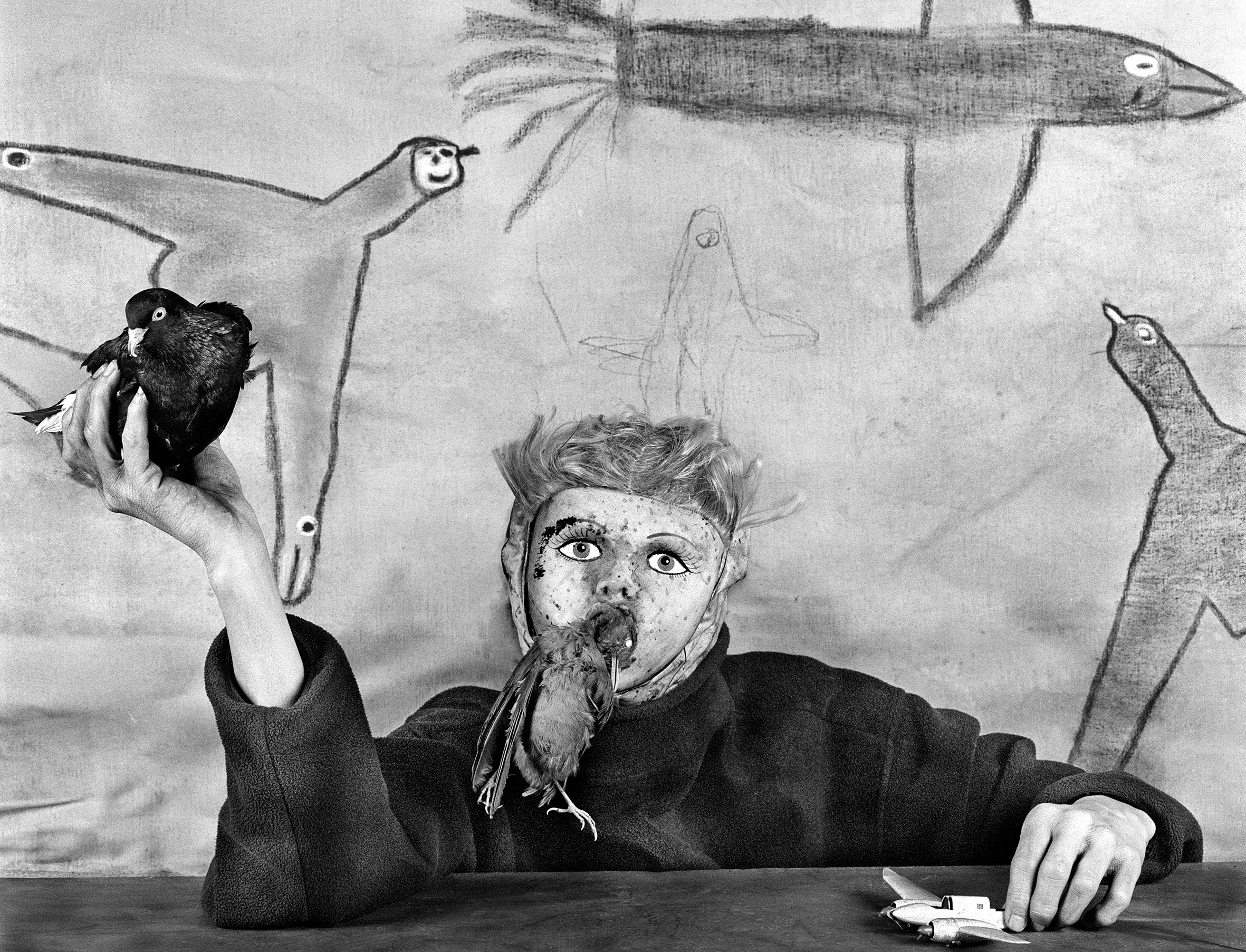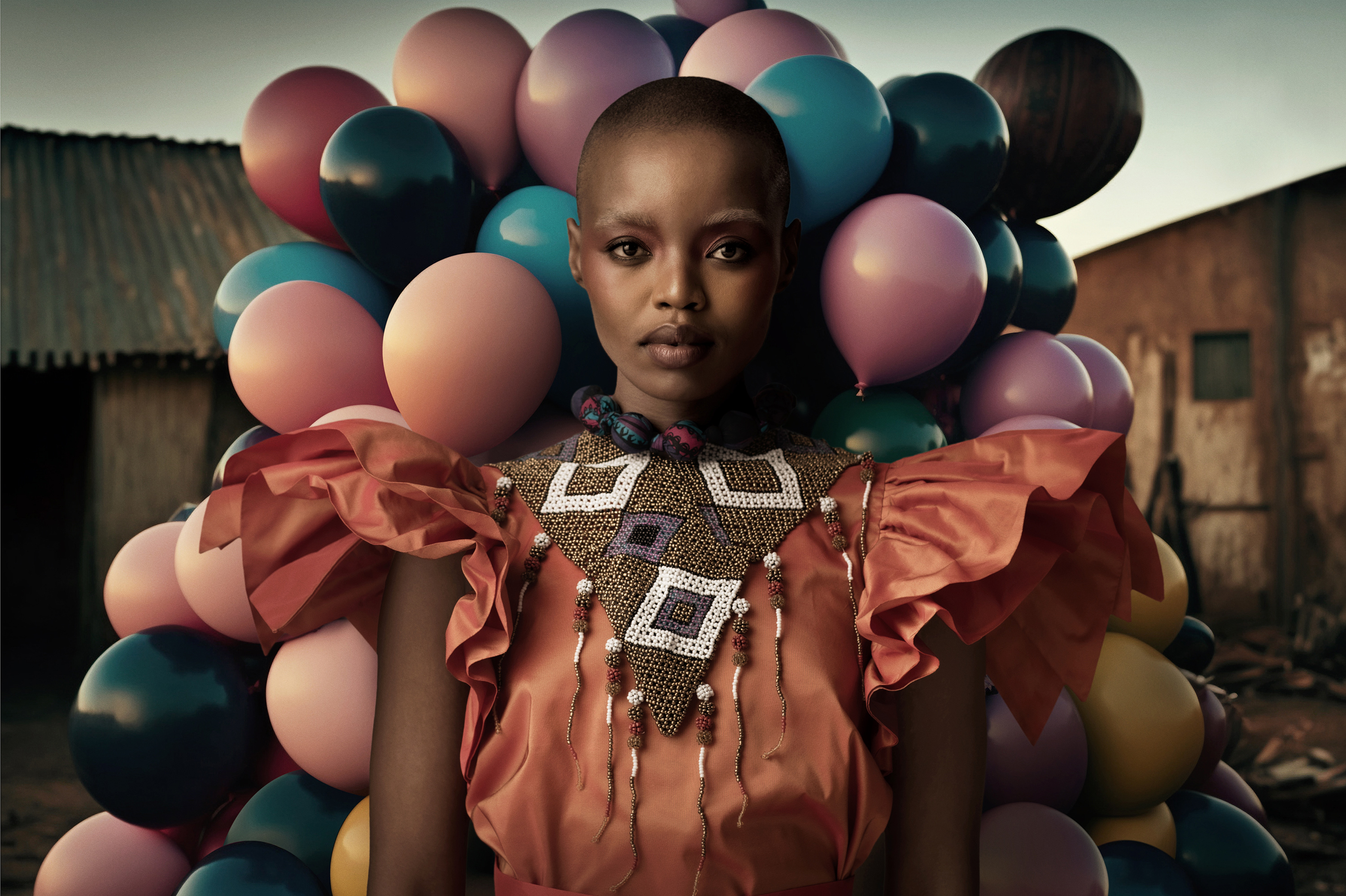The work of Roger Ballen is not for the faint of heart. If you’re someone that shocks and scares easily, you might want to turn your gaze to works that are a little more whimsical and soothing to the soul. However, if you enjoy a challenge and don’t mind some art that makes your brain tingle and your skin crawl, then the art of Roger Ballen will likely tantalise your senses and stay with you long after the museum doors close.
My first encounter with the works of Roger Ballen was at the Zeitz MOCCA. His installation, “House of The Ballenesque”, was one of the first (and definitely the most intriguing) installations in the prestigious museum when it opened in 2017. The multi-roomed installation featured multiple sculptures, drawings and designs in the typical Ballenesque style.
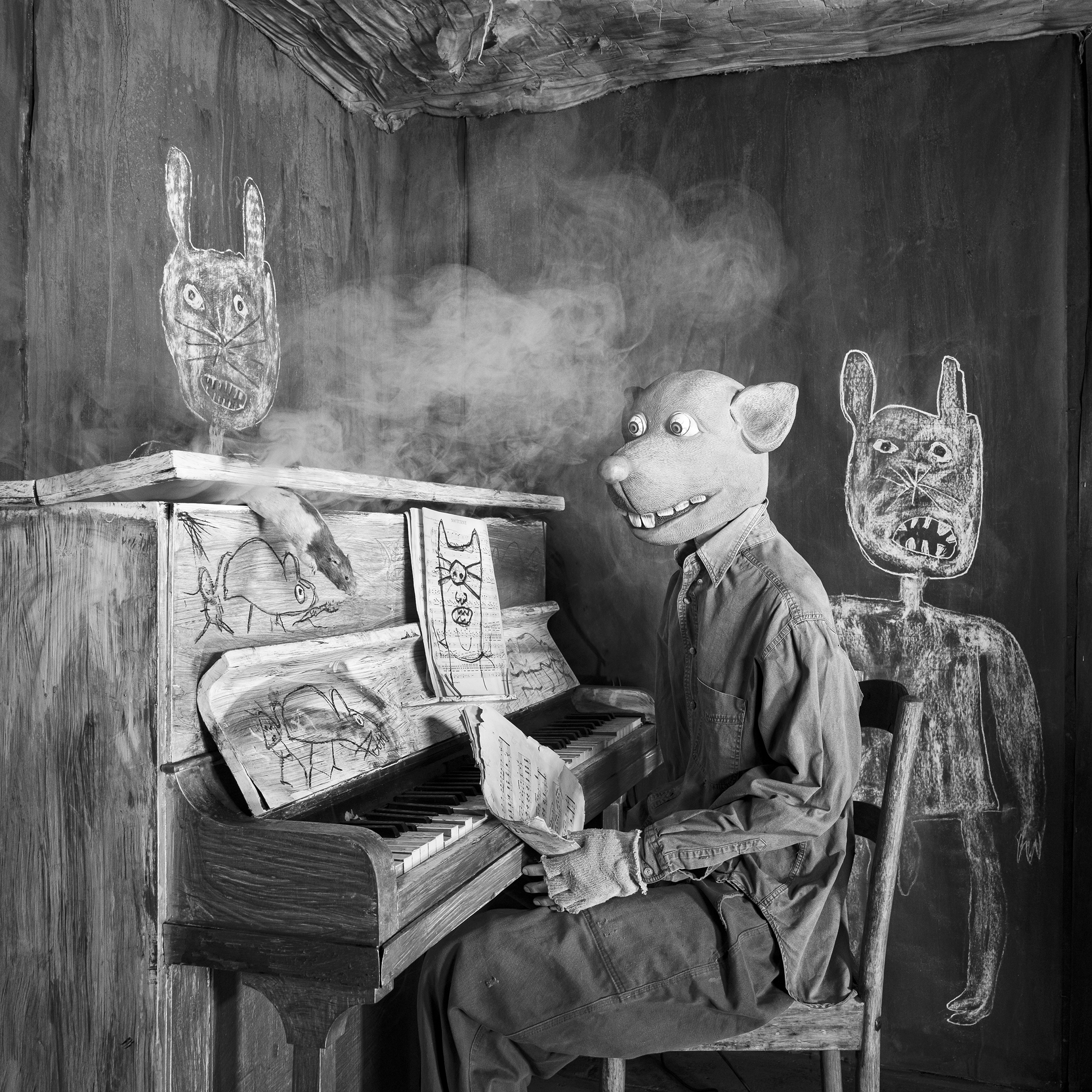
“I had a great exhibition at the Zeitz Mocaa when they opened the museum. People were quite amazed. They all assumed I was just a photographer.”
Mostly known for his photographic work, Roger Ballen’s art extends well beyond it. He is an incredible installation designer and filmmaker. However, photography remains his true love.
“I’ve been doing photography, one way or another, since the late 1960s. My mother worked at Magnum and started one of the first photo galleries in the United States. So I got to know some of the most famous photographers as a young boy, from Cartier-Bresson, Bruce Davidson, Elliot Erwitt and many others. I’ve been involved in this quite intricately. It’s been a passion and obsession for me since my teens. It’s been a part of my life. It’s been hard work, dedication, and frustration, like anything else.”
At the tender age of 5, Roger Ballen was gifted a Kodak Brownie, one of the first cameras released by Kodak that introduced the snapshot to the public. Over the years, his camera collection improved, first with the Mamiya and then the Nikon FTN camera.
“I remember immediately going out and taking strong photographs from the day I got this camera. That was my first real camera. Beginning in 1967 and 1968, I was able to take good pictures. I had an eye for it, a brain for it. And from my relationship with my mother’s friends, who were some of the world’s greatest photographers, I understood what made a good photograph. So I emulated them. I’d seen their books and photographs at my house, and that’s how I got involved in photography.”
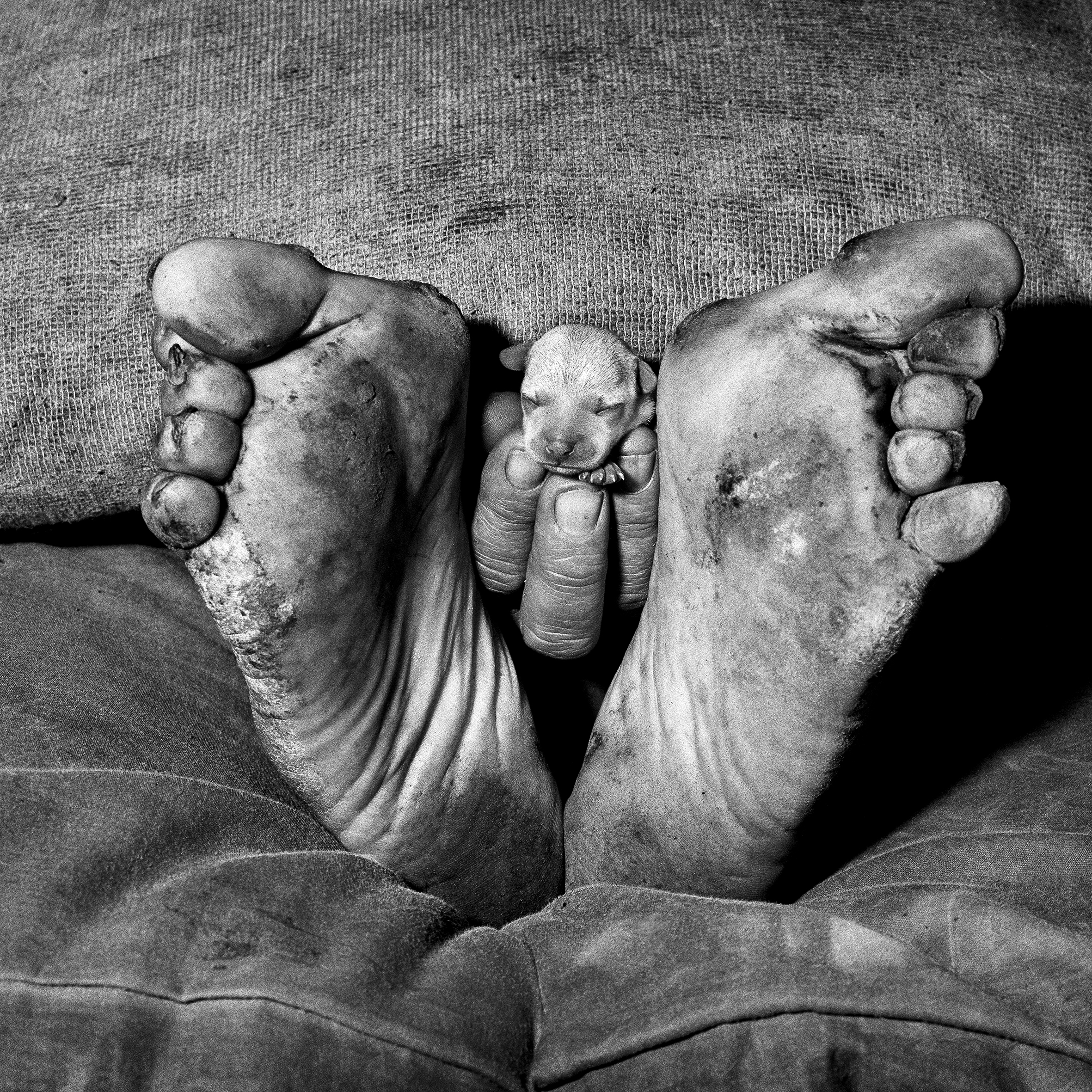
In 1972, Roger Ballen hitchhiked from Cairo to Cape Town and was quite the traveller and searcher of weird and beautiful things; the artist found himself hitchhiking again from Istanbul to New Guinea. After a short stint in the US, where he completed a PhD in Geology, Ballen made his way to Johannesburg, South Africa, in 1982, where he has been based ever since.
Since the start of Roger Ballen’s journey into the world of photography, his work has mostly been in black and white, with his preferred camera being the Rolleiflex, square format, 6×6 film camera. For 50 years, he only shot in black and white. In 2017, when he practically mastered the art form, he switched to colour photography with the Leica SL2, an excellent camera with which to make such a significant transition.
Roger Ballen is most notably known for his spine-tingling aesthetic, Ballenesque, which the artist describes as “Ballenesque is a word that came about after being involved with my photography for 40/50 years. It’s a visual aesthetic that links photography, drawing, and installation making. It expresses something absurd, something about the human condition. It’s psychological; it’s about how people behave through the camera, as seen by the camera. That’s ultimately what it’s about. It’s about Roger Ballen’s state of mind and the viewer’s state of mind, ultimately revealing something absurd, something subconscious about the human condition. It’s integrated through installation-making, drawing, painting, and theatre in some way or another to create a reality that reveals something essential about the human condition, perhaps most prominently the absurdity of the human condition.”
Speaking about the inspirations behind Ballenesque and his dedication to the aesthetic, Ballen notes, “It’s not necessarily about the enjoyment. It’s about being dedicated and having a profound commitment to doing something. If you do something well and feel strongly about it, you enjoy it; you get a deep sense of satisfaction. Photography reveals something about my own life, other people’s lives, problems and the planet’s conditions. It’s a way that I make sense of the world around me. It’s like writing in a diary. My photographs are my diary.”
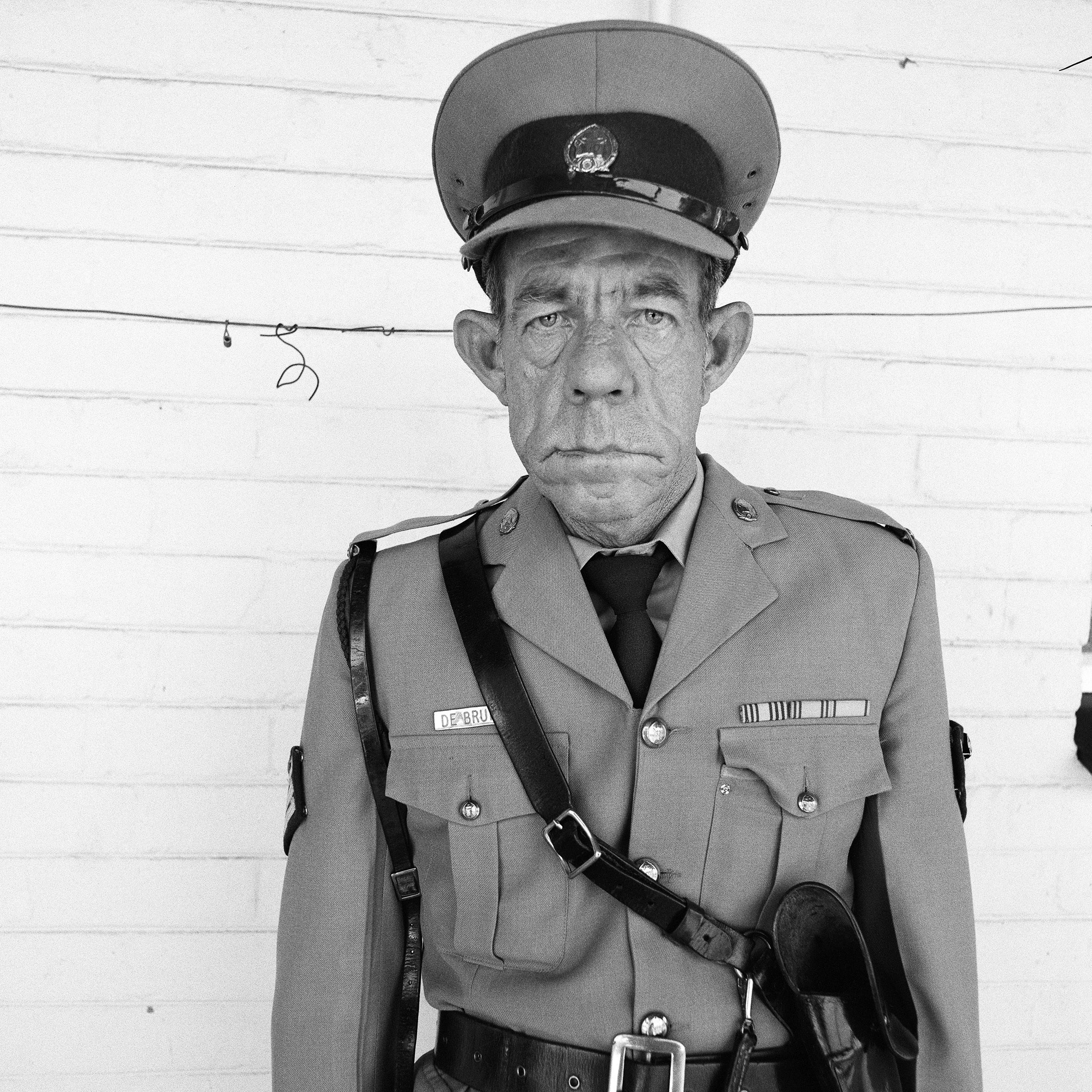
Throughout his 50+ years as a practising artist, Ballen has explored a broad range of art mediums. They include sculpture, drawing, painting, film, and more. However, he always finds himself returning to his first love.
“Photography has been the core of my medium. It’s like the sun, and the other mediums are like planets revolving around the sun. My other mediums, including film, installation making, and drawing, came about through a long engagement in photography. Ultimately, most of them relate to how I use my photography and how it evolves. There’s an interactive relationship between installation making, photo making, and drawing; they all fit together. Together they create more. It’s never easy to make strong artwork. It’s always a challenge. It’s never something you can predict; it wouldn’t be good if it were. It’s a complicated relationship.”
Having taken thousands of photographs throughout his career and produced dozens of works of art, all of which have received critical acclaim, I couldn’t help but ask whether or not he has a favourite.
“I’ve taken thousands of pictures, but I don’t have a favourite. It’s like asking your mother which child she likes more. Some pictures I like for one reason, and others I like for some other reasons. There’s not just one reason why I like certain pictures. They’re all part of a greater whole. Some add more to my current viewpoint, and others I have a nostalgic relationship with, and they have been essential building blocks in what I’ve created over the years. So I can’t name a favourite. It’s impossible to say that, especially after doing this for 54 years. Perhaps if I looked at one of my books, I could say yeah, maybe these are my favourites right now; I could probably do that. But to say what’s my favourite over my lifetime is almost impossible.”
Few artists challenge themselves to explore as many mediums and subject matter as Ballen has. The artist breaks down the mental work that goes into bringing his ideas to fruition and the years of work he’s put in to develop his unique photographic eye.
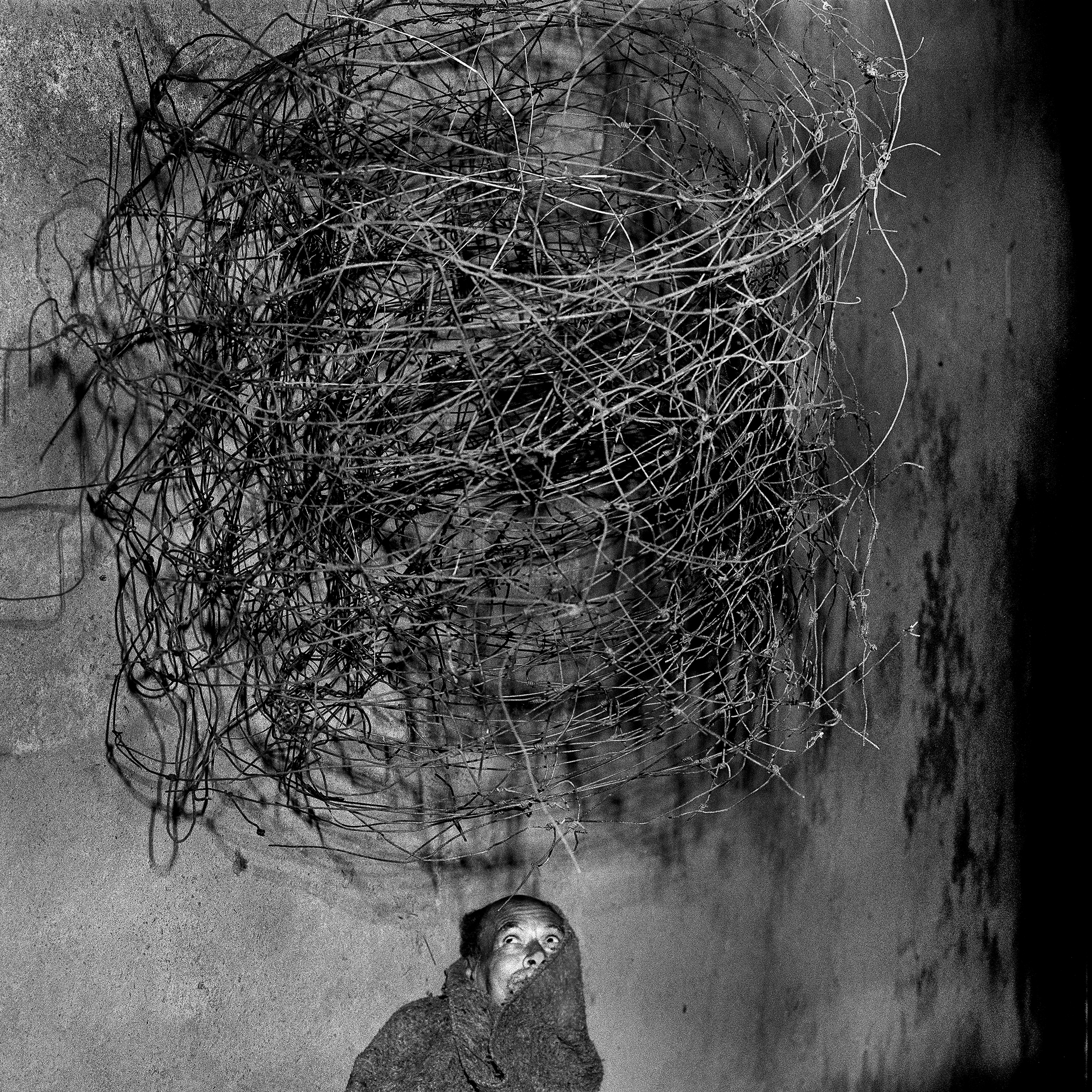
“I’ve been doing pictures for so long. Some of these pictures come about in minutes, and others can take days. They take a lot of focus, a lot of concentration, and a lot of effort. You know, it’s always the question of whether these things happened independently of me, and I would say probably not. I’m the central pin in the cake. Because I’m there having the consciousness to interpret it through a camera, then I’m able to capture something that has a deeper meaning. Most people in that situation wouldn’t be able to see those things. It’s really not well understood in photography. People just snap, snap, snap, and here comes the picture.”
He continues, “Photography is just like painting. If somebody had to say to you, “paint a picture of a flower”, and Picasso is next to you, you would know that you could never interpret the flower visually like Picasso. It would never be as good. Photography is the same. It’s a very complex way of seeing. It takes years and years to develop. It took me over 45 years to confidently say I created a unique aesthetic called Ballenesque. I wouldn’t have said that 10/15 years ago, but in the last 5/6 years, I feel I’ve created something noticeable. It’s contributed to art and photography.”
In 2022, some of Roger Ballen’s works were chosen as part of the South African pavilion for the Venice Biennale. Reflecting on the experience, Ballen notes, “I felt very proud to participate in the Venice Biennale this year. It was a great experience. I had a great reception. The booth of the other two South African artists was also well received. From what I heard from other people, South Africa was one of the better booths at the Venice Biennale. I was pleased with my exhibition. It contained light boxes from my series “Theatre of Apparitions”. The exhibition significantly impacted many people in Venice, and many said it was one of the better exhibitions there. I was very pleased to hear that.”
With all his years of experience producing critically-acclaimed work and navigating the perpetual ebbing and flowing of the arts industry in South Africa and abroad, we couldn’t help but ask what advice he might have for upcoming artists.
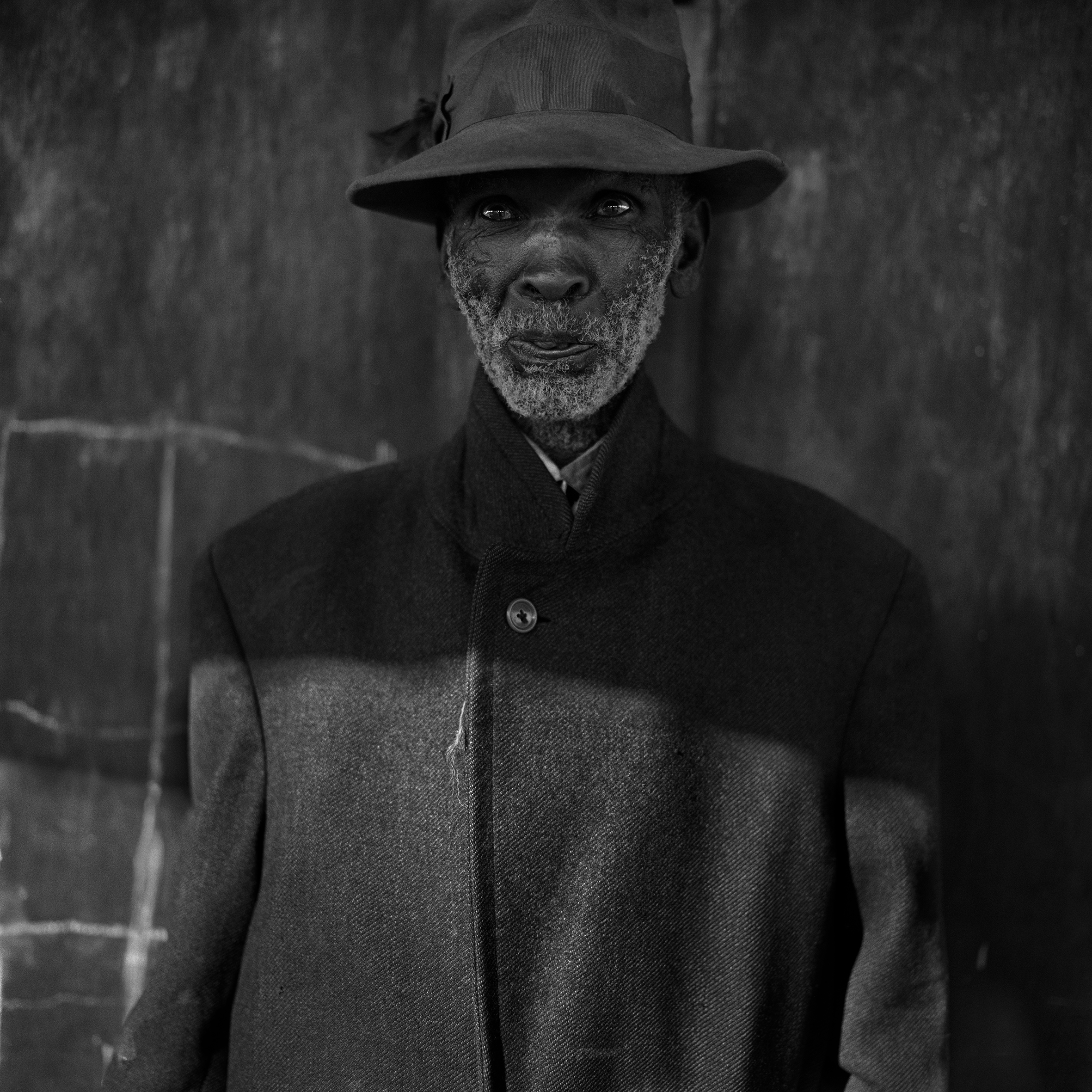
“I always tell people the same thing. You’ve got to be committed and work hard. You’ve got to feel passionate. You can’t expect instant success; it’s a lifelong process. It’s not likely to happen for you overnight. And the other thing I do mention to people is that if they want to be a photographic artist as a young person, they should probably have another career. It’s challenging to make a living on it. It’s very uncertain. You do well one year, and it just doesn’t happen after that. It’s important to balance your life, find a way of earning a living, and continue with your photography. You can continue your work in the way you want to continue your work. Everybody’s got to find their own way, find their own balance. There’s no simple and easy answer to this.
If you’d like to immerse yourself in the works of Roger Ballen, you can check out his brand-new museum called the Inside Out Centre for the Arts in Johannesburg. This ground-breaking institution presents exhibitions and educational programmes that engage with issues related to the African continent from a distinctly psychological and aesthetic perspective. The arts centre opens to the public on 28 March 2023 and is located in Forest Town along with the Johannesburg Holocaust and Genocide Centre and the Johannesburg Contemporary Art Foundation. The opening exhibition is Ballen’s “End of Game”, which addresses the historical significance and context of the golden age of African hunting expeditions by colonialists and influential Western figureheads through both the documentary and Ballenesque lens.

